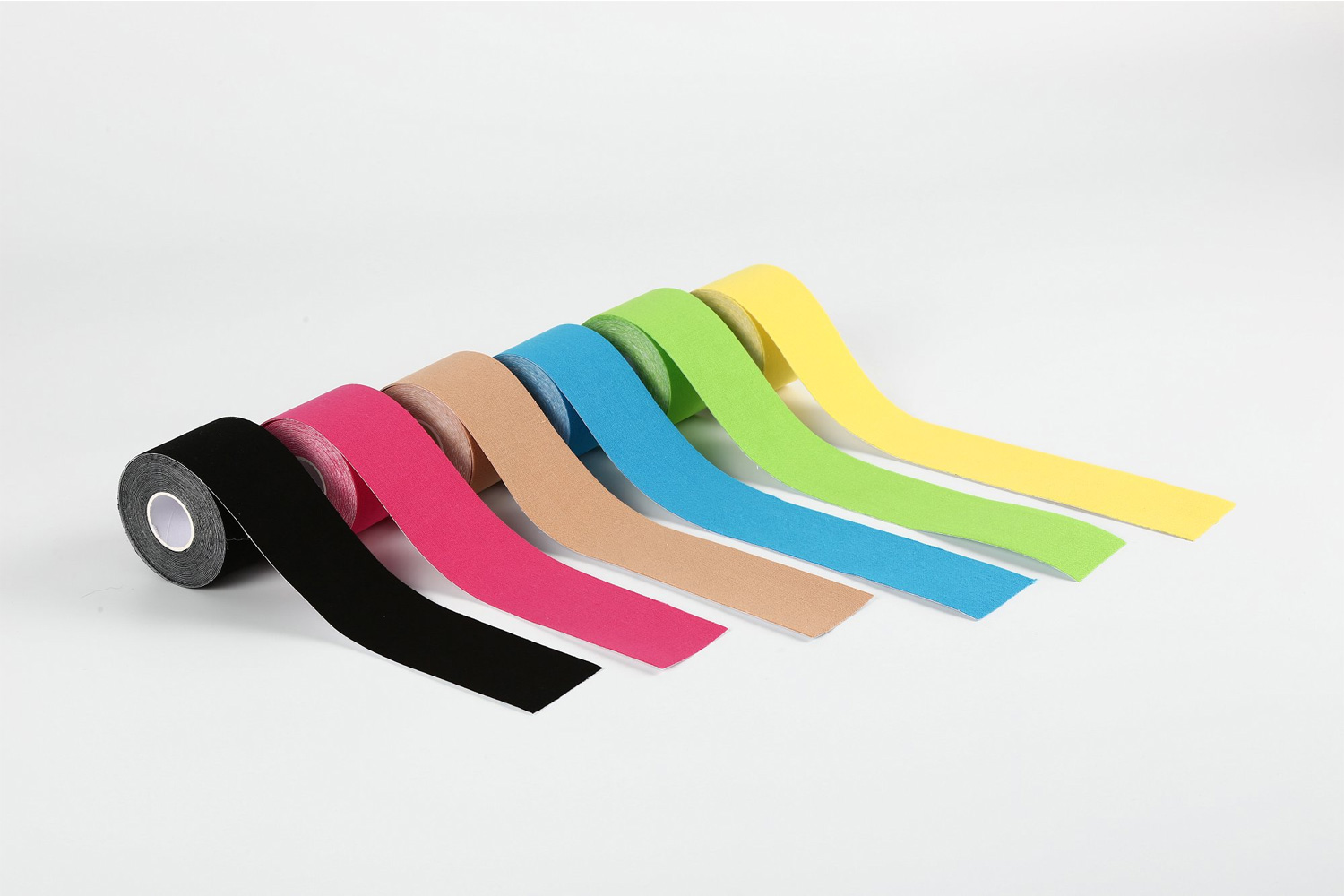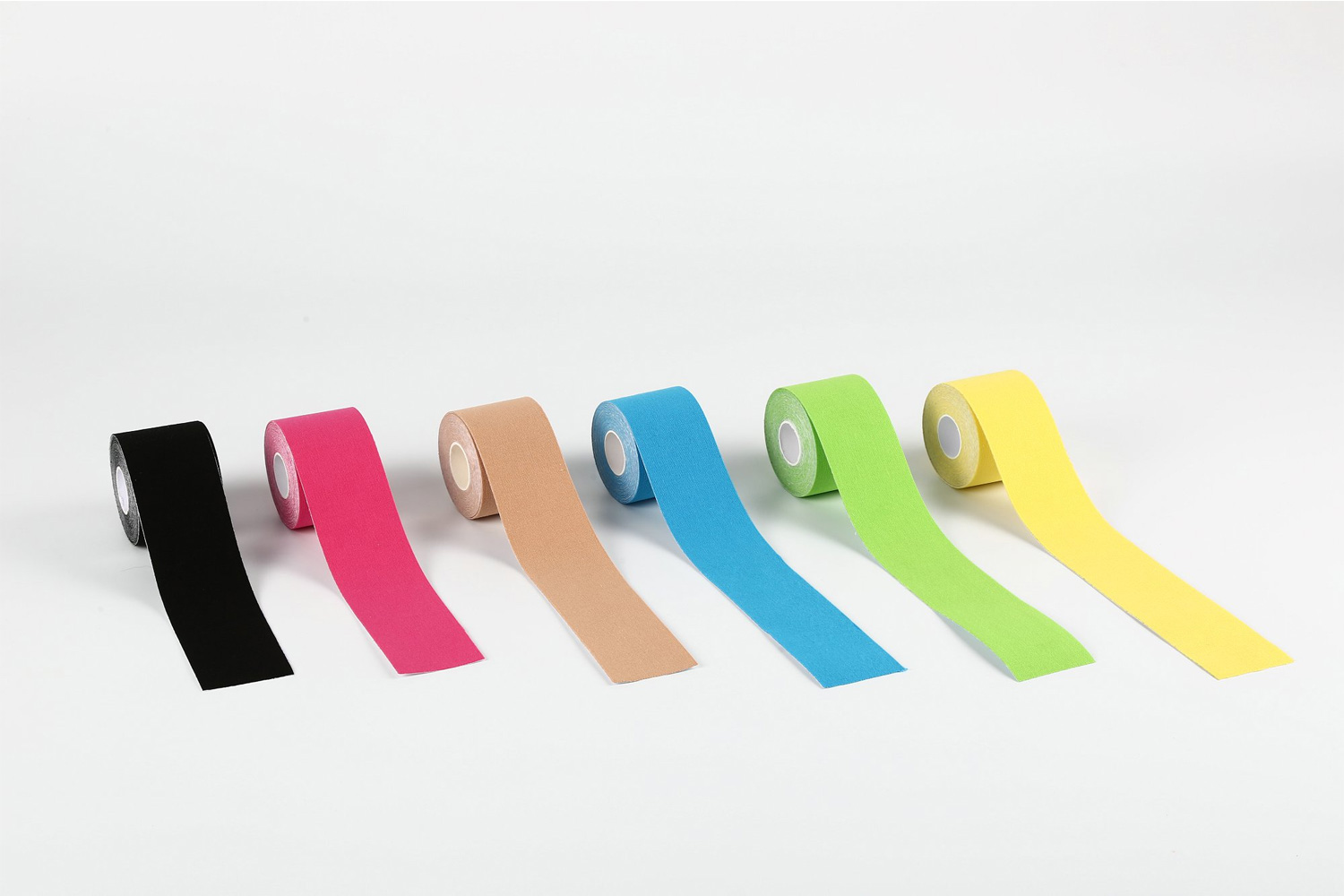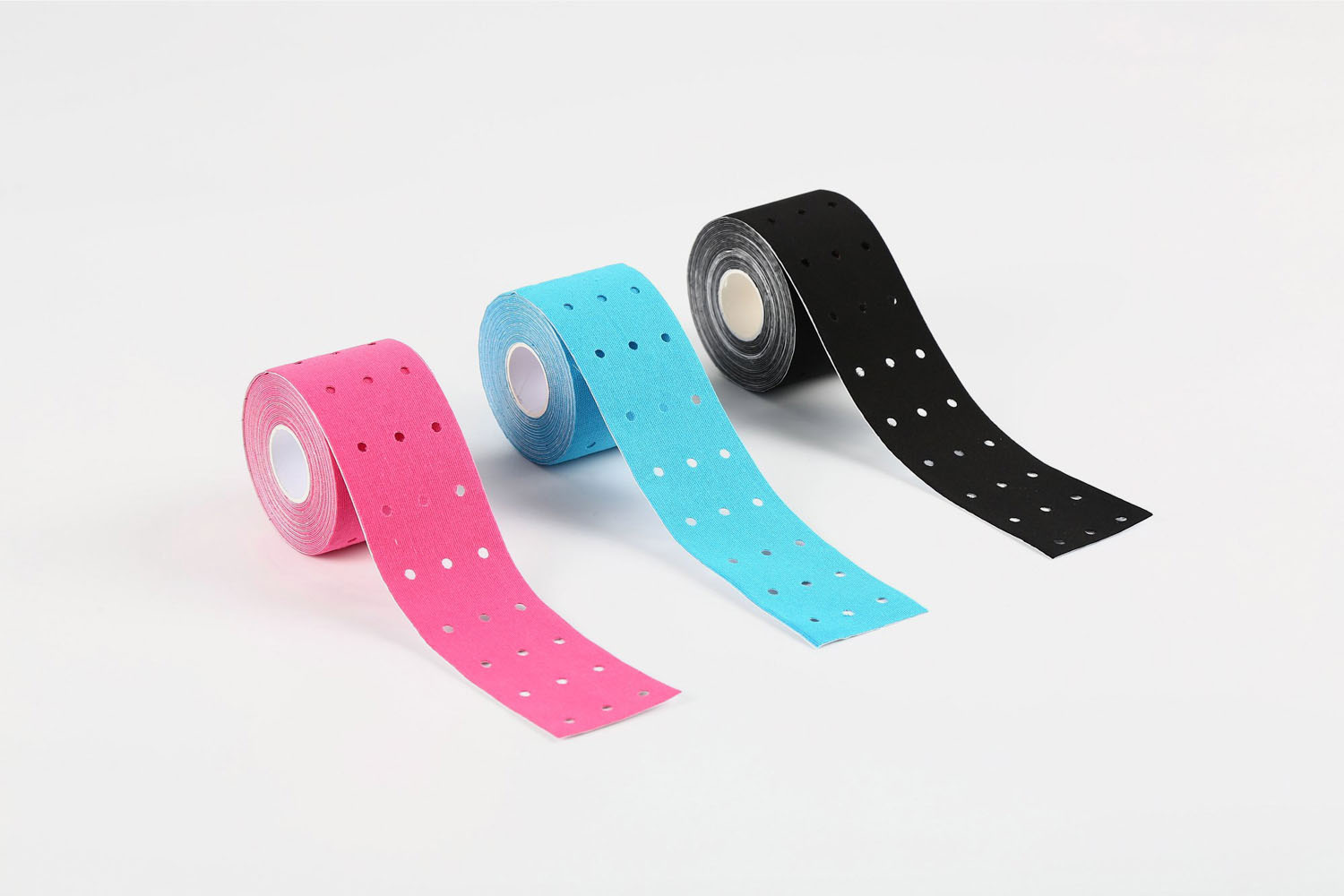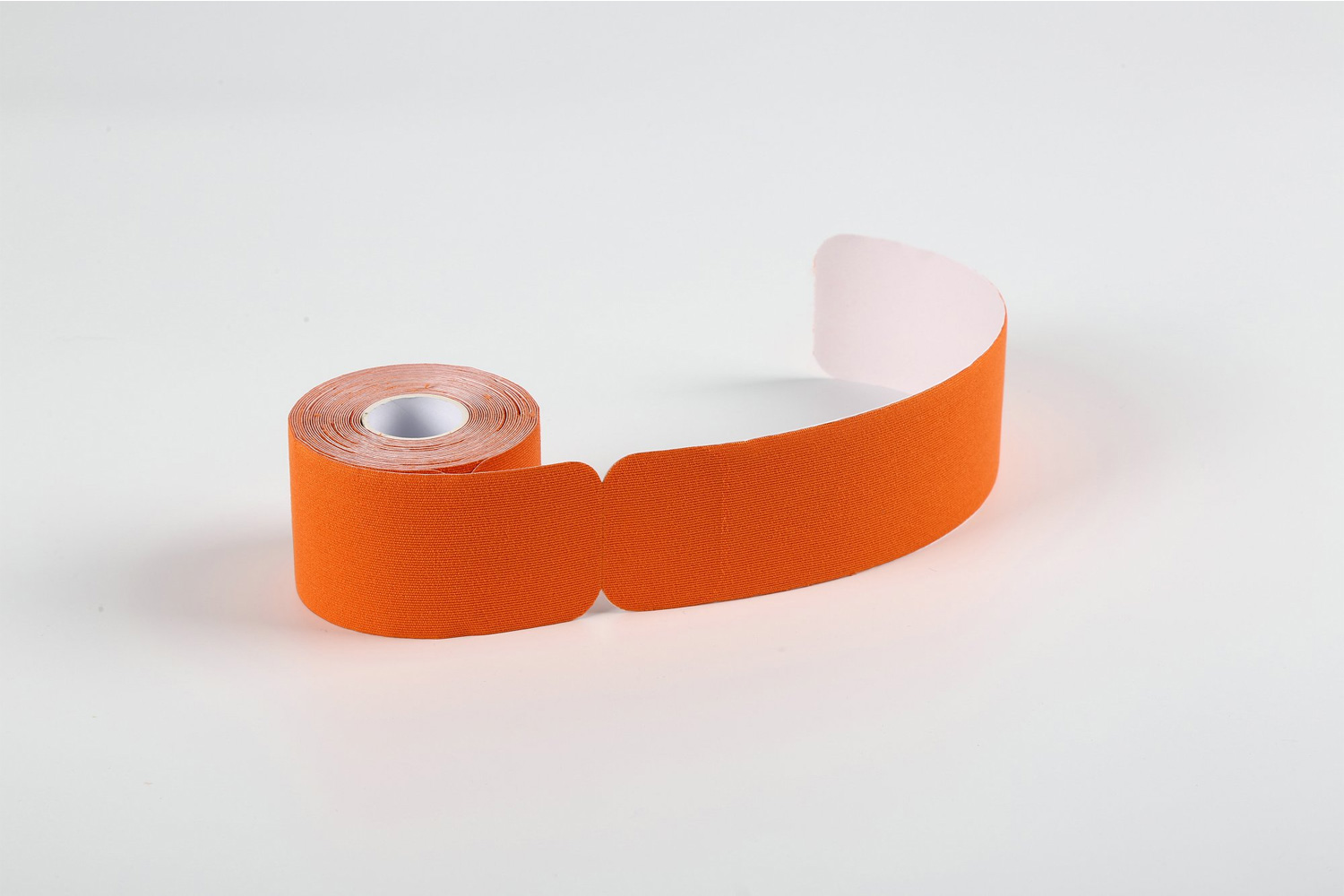Instruções para usar a bandagem adesiva elástica
Ligaduras adesivas elásticas, comumente conhecidas como "bandagens autoadesivas", são usadas para prender curativos, fornecer suporte e compressão para entorses, distensões ou lesões.
Aqui estão as instruções passo a passo para usar uma bandagem adesiva elástica:
1. Prepare a área
- Limpe a pele:Certifique-se de que a área onde você aplicará o curativo esteja limpa e seca. Lave e seque quaisquer feridas ou ferimentos antes de usar o curativo.
- Verifique a lesão:Certifique-se de que a lesão (por exemplo, entorse, distensão ou ferida) seja tratada (limpa e, se necessário, coberta com curativos estéreis) antes de enfaixar.
2. Desenrole o curativo
Remova o curativo da embalagem. Desenrole obandagem adesiva elásticado rolo, mas não desfie o rolo inteiro de uma vez - isso ajudará você a manter um melhor controle ao aplicá-lo.
3. Comece a embrulhar
- Posicione o curativo:Comece colocando a ponta solta do curativo na pele perto do local da lesão, geralmente começando abaixo ou acima da área lesionada. Se for um tornozelo, você pode começar logo acima do pé.
- Enrole bem, mas não muito apertado:Enrole o curativo ao redor da lesão. Aplique uma pressão uniforme, mas evite envolvê-la com muita força, pois isso pode restringir a circulação sanguínea.
- Ponta:Se envolver uma articulação (como o pulso, joelho ou tornozelo), tente seguir os contornos naturais da parte do corpo enquanto envolve para garantir um ajuste confortável.
4. Sobreponha cada camada
Continue enrolando em um padrão espiral ou em forma de oito, sobrepondo cada camada de curativo em cerca de metade de sua largura. Isso fornece suporte e garante que o curativo permaneça no lugar.
- Para uma junta:Se você estiver envolvendo uma articulação como joelho, tornozelo ou cotovelo, use um padrão em forma de oito, que permite que o curativo se mova com mais flexibilidade e forneça melhor suporte.
5. Prenda o curativo
Assim que a lesão estiver totalmente coberta e você tiver enrolado a área, prenda a ponta solta do curativo.
Maisbandagens adesivas elásticasVem com uma seção autoadesiva no final, permitindo que você cole o curativo em si mesmo. Se o seu curativo não tiver esse recurso, pode ser necessário usar fita adesiva para prendê-lo.
6. Verifique o conforto e a circulação
Certifique-se de que o curativo esteja firme, mas não muito apertado. Você deve ser capaz de mover ligeiramente a área afetada e não deve haver desconforto ou formigamento.
- Sinais de aperto demais:Se a área abaixo do curativo ficar fria, azul ou inchada, ou se houver uma sensação de formigamento ou dormência, o curativo está muito apertado e deve ser afrouxado.






































